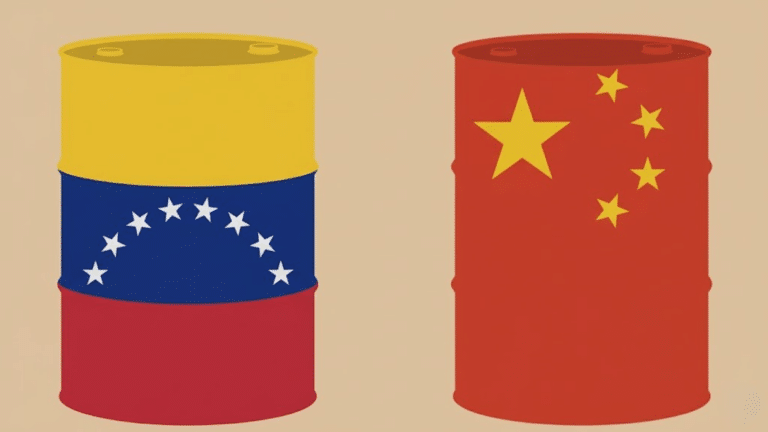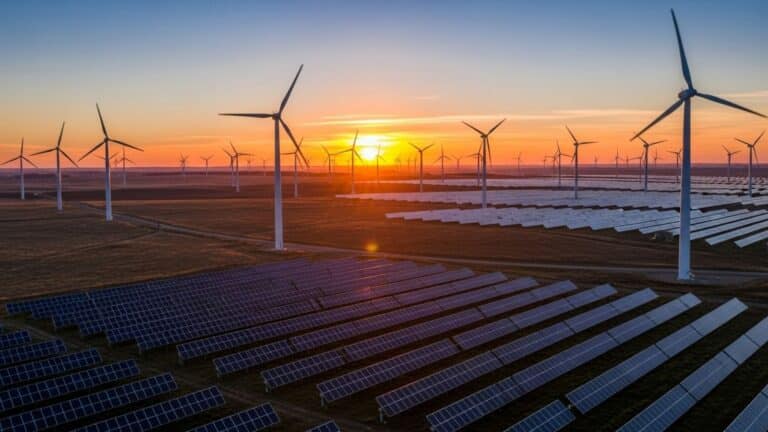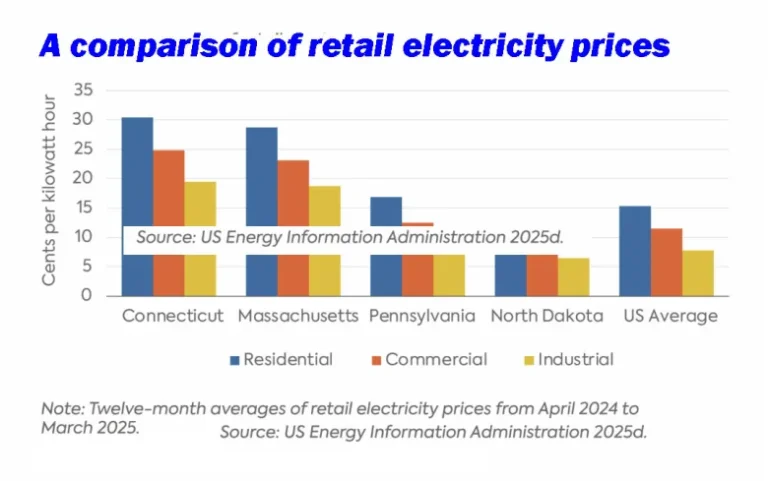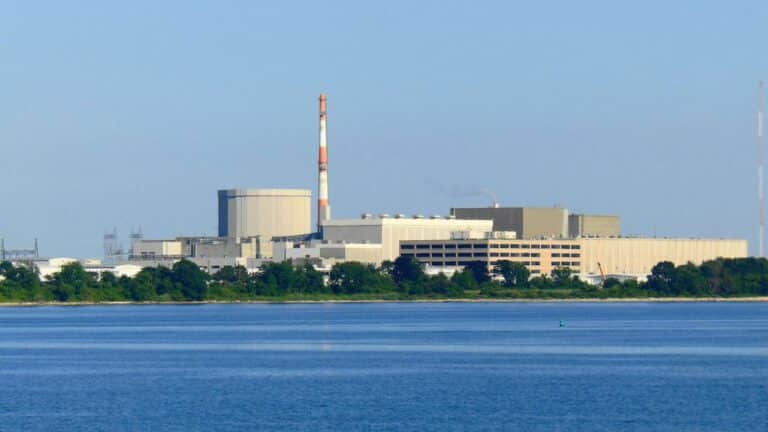Read the Essay
The collapse in economic activity resulting from the coronavirus pandemic has not only spurred government stimulus spending worth trillions of dollars, euros, and yen. It has also prompted calls to “build back better” by making the recovery a greener, less carbon-intensive one—the subject of a virtual clean-energy summit today that brought together government ministers from countries responsible for 80 percent of the world’s emissions. Yet current plans for green stimulus programs around the world focus too narrowly on how many jobs they create right now and how much they directly reduce carbon emissions. Of course we want more jobs and fewer emissions. But government spending alone cannot solve the climate problem, nor will immediate job creation address the long and deep economic contraction most industrial economies are likely to face. For green stimulus to work on both counts, it must be designed for the long run.
The task ahead is tremendous. Global GDP is projected to shrink by more than 5 percent this year. In the United States alone, 35 million people are receiving unemployment insurance or waiting for it; second-quarter U.S. GDP is projected to fall 33 percent. In response, nations around the world have spent more than $15 trillion boosting their ailing economies. The U.S. Congress has spent $3 trillion and is debating trillions more. Leading economists caution that without further trillions in additional stimulus, the economic rebound will stall.
As a result of the economic downturn, global greenhouse gas emissions fell 17 percent compared to last year, but they are quickly rising again as economies reopen. Given the urgency of addressing climate change, everyone from central bankers to environmental nongovernmental organizations has called for government stimulus spending that will put nations on a trajectory to lower carbon emissions. So far, only Europe has demonstrated resolve to pursue such an approach, with the European Union earmarking a quarter of its $850 billion COVID-19 recovery package for climate priorities and several EU member nations such as Germany doing something similar. Key emitters like China and India, on the other hand, may actually double down on carbon-intensive investments to spur their recovery.
The good news is that stimulus spending presents a historic opportunity to put countries on a more sustainable path. Effective green stimulus, however, requires designing measures that sensibly boost the economy while at the same time making meaningful progress on climate change. Current green stimulus plans conceive of these goals too narrowly, and their aims fall short.
Jobs goals need to be based on a broader view, because this downturn is going to be longer and deeper than most people think. The U.S. Congressional Budget Office projects the recovery will take a decade, the chairman of the Federal Reserve recently warned Congress that this will be a deep downturn with a “significant uncertainty” when it comes to recovery, and former Council of Economic Advisers Chairman Jason Furman projects a high unemployment rate for many years. Surging numbers of COVID-19 cases in many U.S. states have prompted fears that further lockdowns may be necessary. Even short of that, consumer fears could discourage shopping, dining, travel, and many other forms of economic activity.
Yet current green stimulus proposals typically focus more on short-term job creation than the support required by a longer downturn. A new study by the International Energy Agency evaluated myriad clean energy spending options by how many jobs they would create in the next three years. It found, for example, that retrofitting buildings would create between 9 and 30 jobs per million dollars spent, while onshore wind projects would only create 1.5 jobs per million dollars.
Instead, policymakers should think beyond the traditional definition of what it means for measures to be “timely, temporary, and targeted”—the criteria that constrained stimulus policy following the 2008 recession. Since this downturn will likely be long, investments can be “timely” even if the benefits of spending do not materialize for years, such as in the case of public infrastructure. Similarly, investments may be “temporary” even if they last for a decade, which is how long it may take to support the emergence of new technologies that can improve economic productivity and prosperity. Government investments in infrastructure and innovation make good economic sense because they deliver high economic returns—higher over the long term than most of what currently falls under stimulus spending—and because the private sector will not adequately fund them. These investments make even more sense today, when the real cost of government borrowing is negative.
The need to support economic growth for an extended time combined with the current ease at which government can borrow blurs the line between stimulus in the Keynesian sense of boosting demand for goods and services, and an industrial policy that aims to develop specific sectors of the economy. For clean energy, that widens the scope of sensible stimulus to include investments in mass transit, power transmission lines, electric car charging networks, and various areas of research, development, and demonstration.
At the same time that immediate job creation is not the only way to assess stimulus, tons of carbon reduced is not the only way to evaluate the climate effect of spending. That is because government spending is not the key driver of decarbonization. While more government spending is surely needed, any such spending will be dwarfed by the over $70 trillion that the International Energy Agency projects will need to be spent in the energy sector over the next two decades in order to meet the Paris climate agreement’s goals.
Although the $90 billion in green stimulus spent in the 2009 U.S. recovery package helped catalyze the expansion of solar and wind power, it did not fundamentally alter the trajectory of total U.S. emission levels. That is because greenhouse gas emissions reflect the collective decisions of millions of individuals and firms about how they produce and consume energy. Achieving not just modest carbon reductions, but truly transformational deep decarbonization, thus depends far more on a comprehensive climate policy that mandates or incentivizes different choices than on narrow spending measures.
To make this point clear: Past environmental crises like smog that blanketed Los Angeles, pollution that fouled the Hudson River, or acid rain that fell over the Ohio Valley were not primarily addressed with government spending but with laws that set limits on how much pollution could be emitted by cars, industrial facilities, or power plants. The same is true for decarbonization.
The greenness of stimulus spending, therefore, should be judged not merely on tons of emissions reduced but also on whether it increases the likelihood of comprehensive long-term climate policy—such as standards, regulations, or a carbon price—that shifts private behavior and capital allocation decisions.
To achieve that, three things will be necessary:
First, green stimulus must do no harm to the strength of the economic recovery. History teaches that when economies are weak and people are struggling, passing climate legislation is more difficult. The yellow vest protests against a climate tax on fuel in France are just a recent reminder that pocketbook concerns can constrain climate ambition. Stimulus that delivers the most robust economic recovery is therefore greener. Green spending must also not come at the expense of immediate economic rescue, like support for unemployed workers, small businesses, and state and local governments.
Second, stimulus can be green if it improves the odds that comprehensive climate legislation passes. For example, programs that invest in coal-dependent communities to support their finances can reduce the number of losers from strong climate policy, thereby laying the groundwork for climate policy by reducing political opposition to it.
Finally, recovery spending that drives down the cost of achieving deep decarbonization by investing in research, development, and demonstration can improve the prospects for transformational climate policy. Current technologies like solar and wind power and batteries must be scaled up dramatically, but they will not be sufficient to decarbonize the full range of energy users, including heavy industry, aviation, and shipping. Solar and wind power create electricity, but electricity is only around 20 percent of final energy consumption. Some sectors could be electrified, but not all. To both expand zero-carbon electricity and decarbonize sectors that cannot switch to electricity will require technologies such as hydrogen, carbon capture, carbon removal, next-generation nuclear power, advanced storage, and digitalization. Bringing the costs of such technologies down can make more ambitious climate policy more affordable.
Absent broader regulation and legislation, the world will fall far short of climate goals no matter how much government money we spend. Green recovery spending must therefore be viewed as a complement to, not a substitute for, future comprehensive climate policy.
Green stimulus and economic recovery spending should thus focus on areas where market failures will exist even with such broader climate policies. For example, putting a price on carbon and thereby raising the cost of fuels such as coal will make solar and wind more economically attractive. By contrast, homeowners are not very sensitive to changes in electricity prices, while building owners don’t always pay utility bills and may thus have little incentive to invest in energy efficiency. Green stimulus should therefore prioritize financial incentives to retrofit buildings over, say, expanding solar and wind power, which private capital will deliver given the appropriate policies, such as standards, carbon pricing, or regulatory reform.
Beyond today’s crisis of COVID-19 and the economic turmoil it wrought lies the slower-moving, longer-lasting crisis of climate change. Smart government investments to ameliorate the former can also make significant progress on the latter. But to be truly effective, they must take a much longer view of the economic returns and lay the groundwork for the transformative policy changes needed for deep decarbonization.





